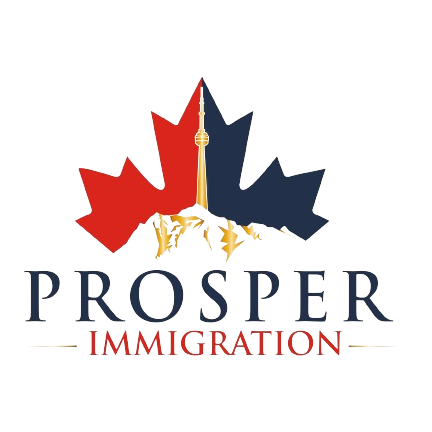Planning a Visit to Canada: Know its Provinces and Territories
Alberta, British Columbia, Manitoba, New Brunswick, Newfoundland and Labrador, Nova Scotia, Ontario, Prince Edward Island, Quebec, and Saskatchewan are Canada’s ten provinces. Yukon, Nunavut, and the Northwest Territories are the three territories. There are several activities to do after you arrive in each region and environment, as well as tourism agencies to assist you in planning your vacation. Each province and territory have its distinct pull for tourists. Camping, hiking trails, lakes, and other outdoor adventures offered by the natural world are available to everyone. But many have distinctive personalities and environments. Let us discuss the provinces and territories.
Provinces of Canada:

1. British Columbia:
The westernmost province of the nation is British Columbia. British Columbia, or B.C. as it is more popularly known, is bordered by the Pacific Ocean and contains some of the most hospitable places in the nation. B.C.’s unique topography, which includes coastal islands and a mountainous interior, attracts adventurers from all over the world, including skiers, kayakers, and mountain bikers.
Victoria, the province’s capital, Vancouver, Whistler, and Kelowna are the principal towns and cities. Whistler is the winter sports location, while Victoria is a charming town with horse-drawn carriages and the opulent Fairmont Empress Hotel. The wild and stunning islands of Haida Gwaii, the Okanagan Valley wine area and whale viewing in the Inside Passage are all well-known attractions in outdoor British Columbia.

2. Alberta:
Canada has three prairie provinces, one of which is Alberta. With its neighbor in western British Columbia, it is part of the Canadian Rocky Mountain range, and it is well-known for being a ski and hiking destination. Alberta is the leading service and supply center for Canada’s crude oil sector, Athabasca oil sands, and other northern resource industries.
The Calgary Stampede, which highlights the province’s distinctive cowboy culture, is one of Alberta’s most well-known events. The area is also famous for the Edmonton Folk Festival, the Edmonton Mall, the Rocky Mountains, and the Head-Smashed-In Buffalo Jump, a UNESCO-designated
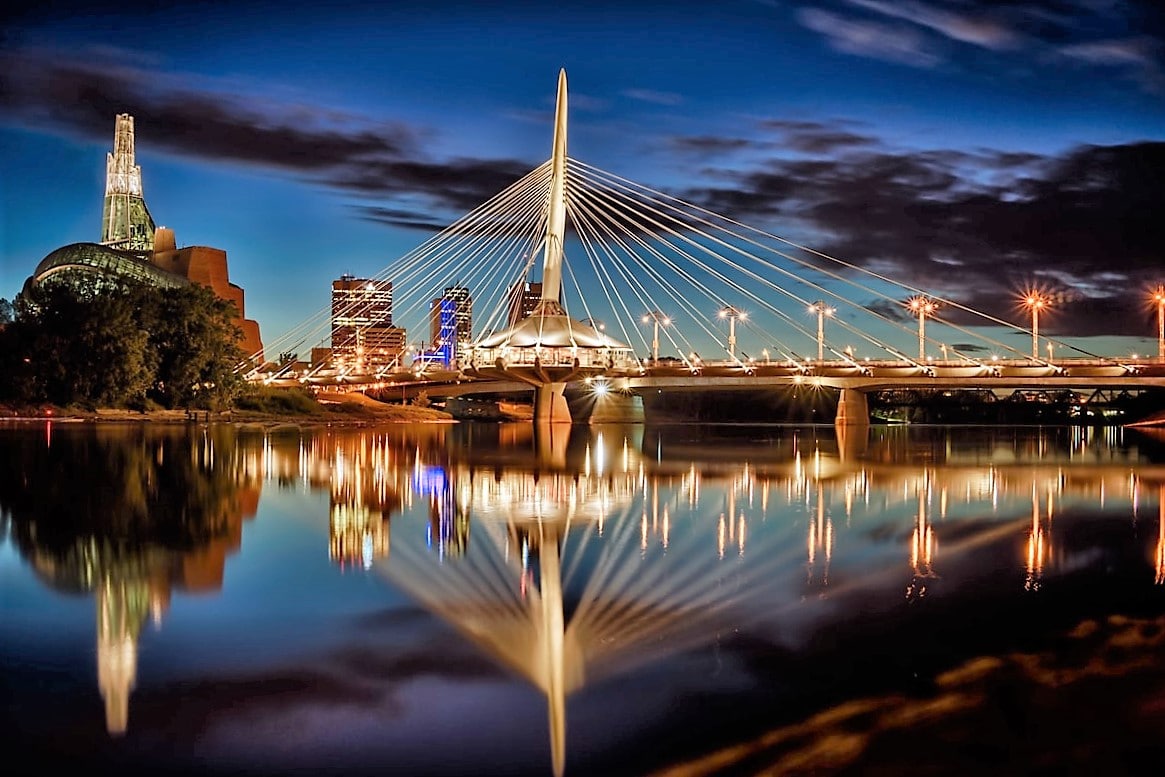
3. Saskatchewan:
Between the other two, Alberta and Manitoba, and in the center of the prairies is the province of Saskatchewan. In particular, Saskatoon and Regina are home to most people who reside in Saskatchewan. Agriculture is the primary industry in the section, followed by mining, oil, and natural gas extraction.
Regina, Saskatoon, and Prince Albert are the principal cities, where Regina is the provincial capital. One of the most beautiful campuses in Canada is the historic Saskatoon campus of the University of Saskatchewan.
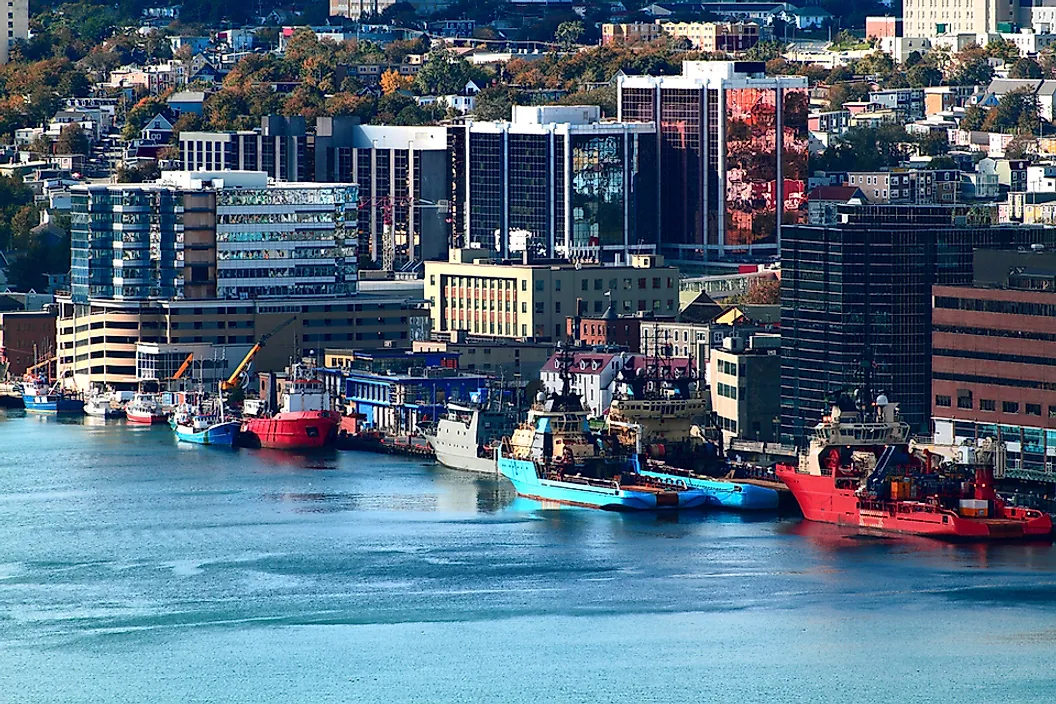
4. Manitoba:
Manitoba is the most easterly of the prairie states and the country’s longitudinal center. Like Saskatchewan, most of the population is concentrated in the south. The Canadian Shield granite and arctic tundra that make up Manitoba’s north are uninhabited. Winnipeg, the province’s capital, and Churchill are the two largest cities. The two festivals in Manitoba—Folklorama and Le Festival du Voyageur (a big winter festival)—are what make it the polar bear capital of the world (food and cultural festival).
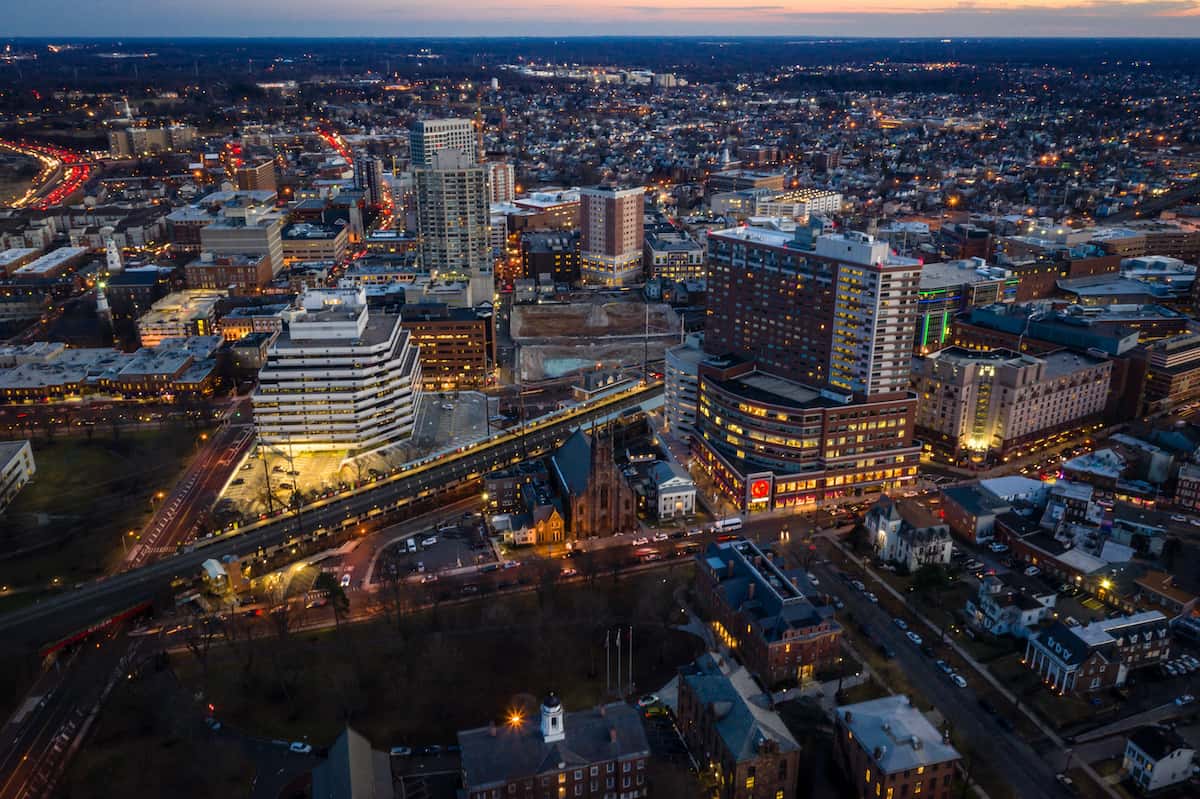
5. Ontario:
By far, Ontario is the most populated province in Canada. It is also the location of Toronto, the unofficial financial capital, and Ottawa, the federal capital. Along with Ottawa, Niagara Falls, and Niagara-on-the-Lake, the southern region of Ontario, close to Toronto, is home to most of the province’s people.
The most famous attractions in Ontario include Algonquin Park, the Niagara wine region, the Bruce Trail, Canada’s oldest and longest continuous public trail, and other picturesque lakes and woods. With a height of more than 1,800 feet, Canada’s National Tower characterizes the Toronto skyline. One of the most incredible travel places on earth is an engineering wonder. You may eat with a 360-degree view by going to the observation deck at the top.

6. Quebec:
The French-speaking people, culture, and legacy of Quebec, the second-most populated province in Canada, are its main draws. Its land size makes it the most significant region in the nation. Most people dwell around or close to the St. Lawrence River, particularly in and around the main cities of Montreal and Quebec City. Old Montreal, a historic location, the Plains of Abraham, and top-notch ski areas are attractions for locals and tourists. Old Québec, a UNESCO World Heritage Site, has cobblestone streets and a city wall, making it resemble European cities.

7. New Brunswick:
One of the three Maritime provinces of Canada, New Brunswick, is situated on the country’s east coast, below Quebec and next to the American state of Maine. Moncton, St. John, and Fredericton—the three largest cities—are the provincial capital. The Bay of Fundy, Appalachian Mountains, picturesque coastline, and a large number of lighthouses all contribute to New Brunswick’s attraction.
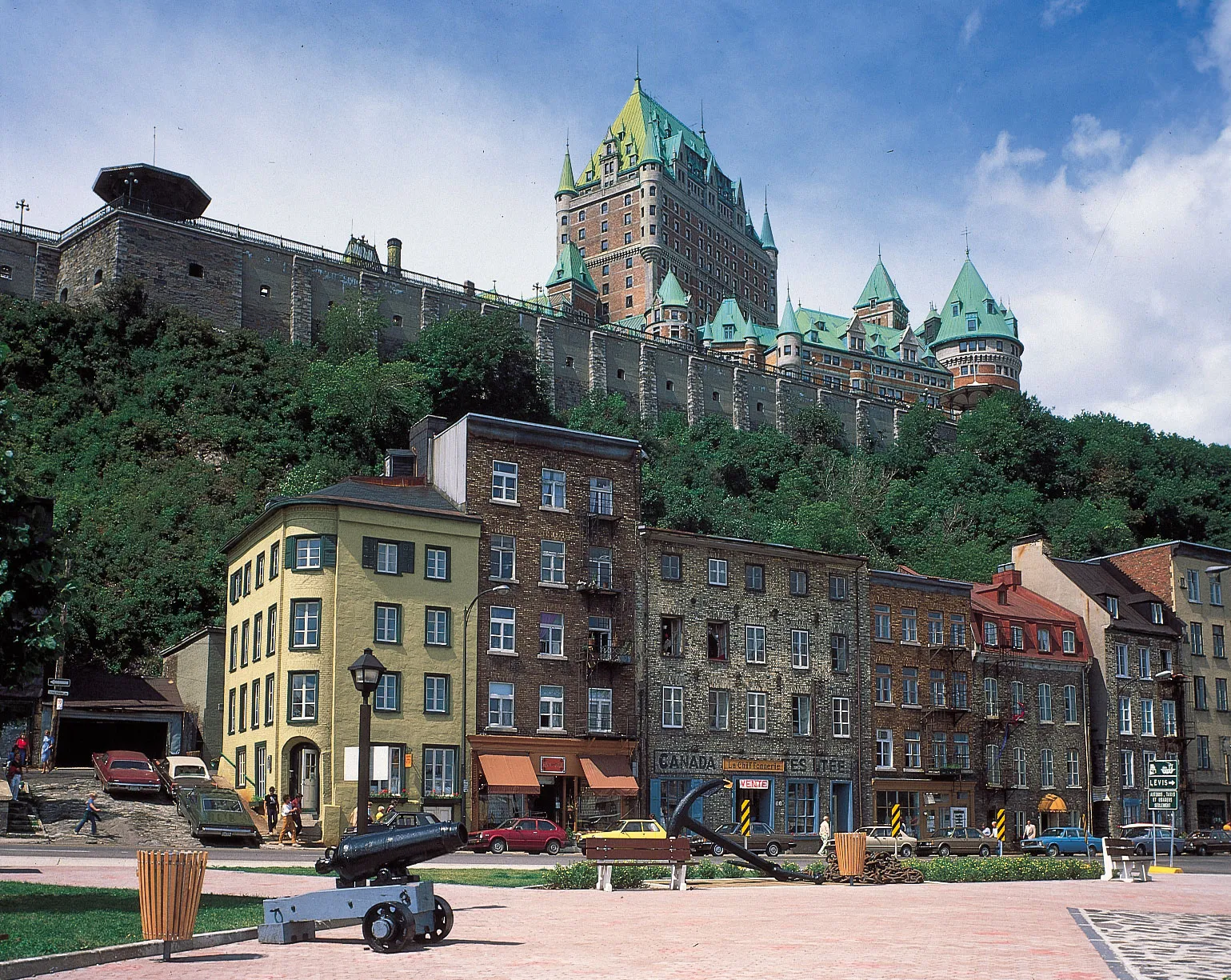
8. Nova Scotia:
One of Canada’s 13 provinces and territories is Nova Scotia. Nova Scotia’s Latin word name is considered to be New Scotland. The majority of people here are natural English speakers. The extensive coastline, which puffins and seals populate, and the wine region of the Annapolis Valley, found on the western side of the peninsula, are attractive features for tourists who are there for the scenery.
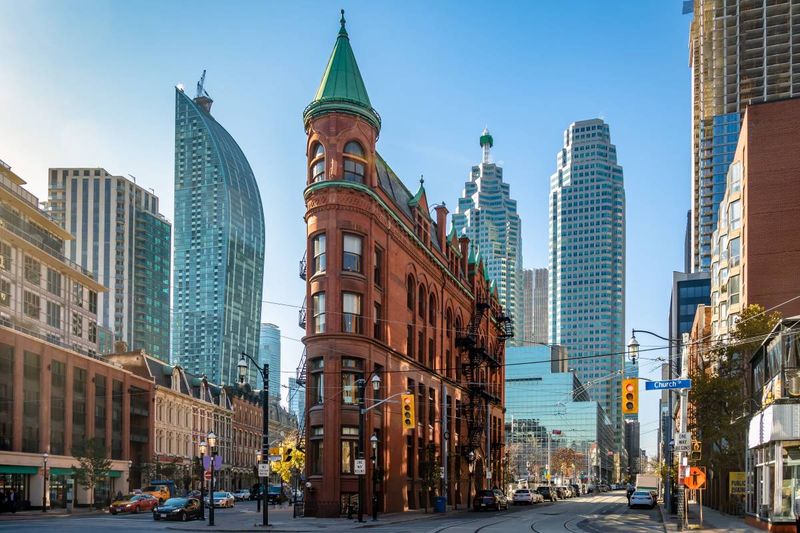
9. Prince Edward Island:
The biggest of the 232 islands that make up Prince Edward Island, the last of the three Maritime provinces, is named for itself. It is Canada’s smallest province in terms of land area and population. The section of Prince Edward Island (P.E.I.) is most known for its capital city, Charlottetown, which also serves as the setting for the book Anne of Green Gables and the delectable mussels that can be found in the area’s seas.
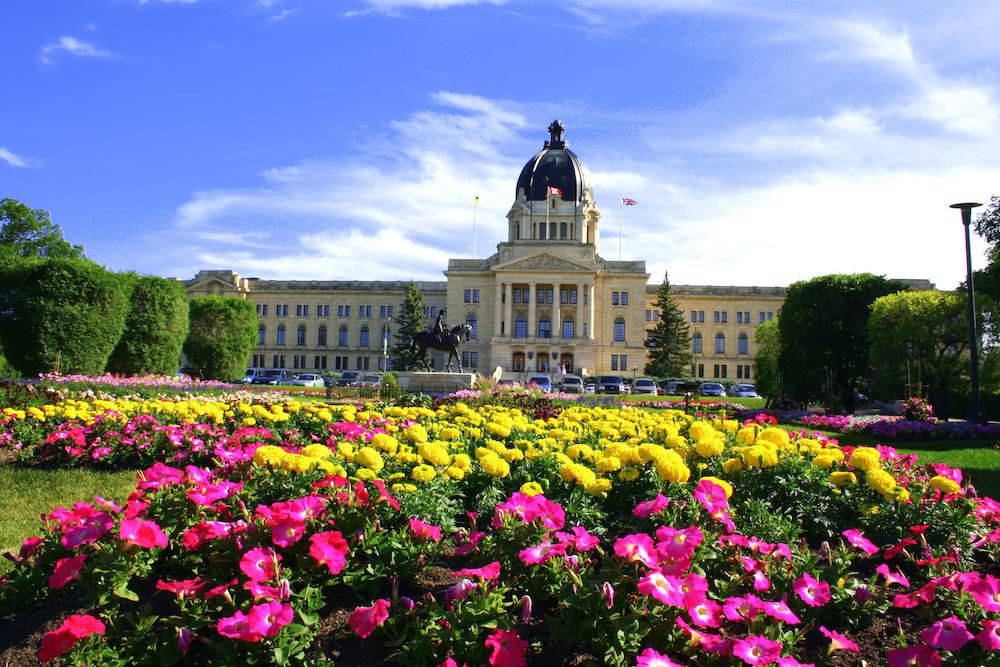
10. Newfoundland and Labrador:
Newfoundland and Labrador, the easternmost province in Canada, comprises Newfoundland and mainland Labrador (hence the name). Almost 90% of the population resides in Newfoundland and the nearby islands. The province’s headquarters and largest city is St. John’s, and its citizens are recognized for their friendliness and Gros Morne National Park’s towering glacial fjords, icebergs, and whale watching.
Sightseeing and Things to do at the
10 Provinces and 3 Territories of Canada
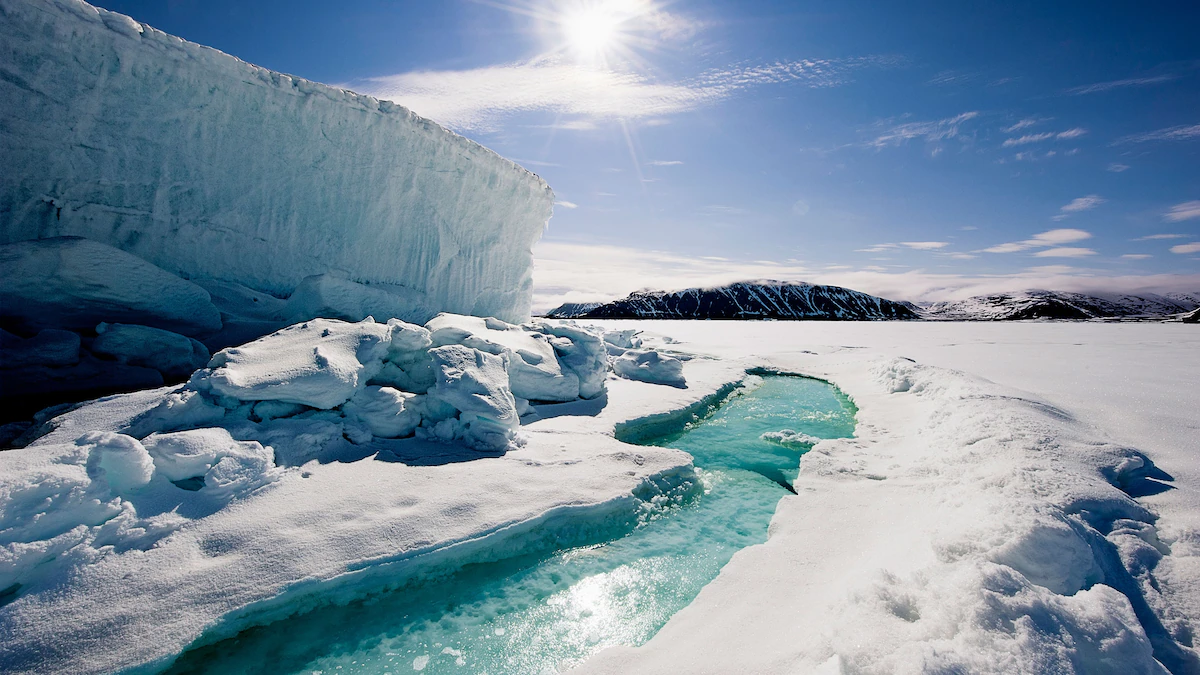
Nunavut
The largest and northernmost territory in Canada is Nunavut. It is one of the most distant places on earth and boasts Canada’s second-smallest population. Adventurers visit the region to see narwhals, see polar bears and explore this lonely region. The region’s capital is Iqaluit. The part is renowned for its authentic Inuit carvings, artwork, and handcrafted garments.

Yukon
Yukon is the most westerly of the three territories and borders Alaska. It is also the smallest of the three. People travel to the Yukon to experience dog sledding, witness the Northern Lights, and see the historic sites of the Klondike Gold Rush. Mount Logan, Canada’s highest mountain, is also a popular destination. Whitehorse, the only city in Yukon, is the capital and is located in the southern portion of the territory.

Northwest
The most populated of the three territories, Northwest Territories borders the other two in what would be expected, the northwest region of the nation. Yellowknife is the capital, and the territory is best known for the Northern Lights, the midnight sun, the Nahanni River, which serves as the centerpiece of Nahanni National Park Reserve, and challenging outdoor activities
